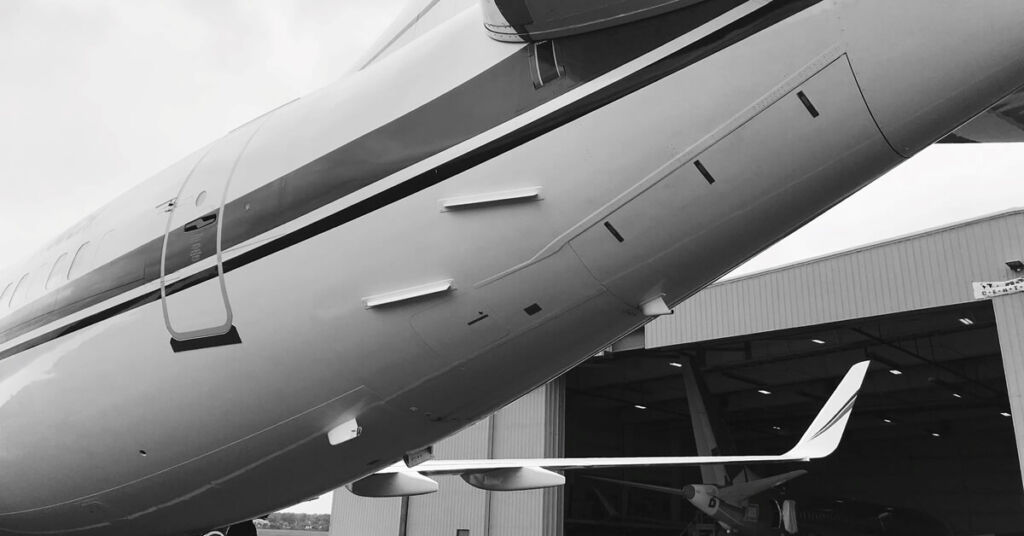
Sourced from Defense Innovation Unit
Joint effort with the Air Force and Defense Innovation Unit identify new capabilities will reduce the fuel required to achieve airlift and air-to-air refueling operations
The Department of Defense (DoD) relies on airborne logistics to support global military operations, and airlift and air-to-air refueling are both critical operations in ensuring mission success. The United States Air Force (USAF) coordinates and executes the majority of these airlift logistics for joint operations, but primarily with older, legacy aircraft. Reducing the fuel required to achieve these operations is critical to increasing operational capability, reducing cost, and reducing supply chain risks.
The Air Force Operational Energy Office (SAF/IE), the Air Force Research Laboratory (AFRL), Air Force Special Operations Command (AFSOC), and the Defense Innovation Unit (DIU) have partnered together in seeking well-developed, commercially viable technologies to reduce drag, and therefore fuel consumption, on a number of USAF legacy aircraft, including the C-17 Globemaster III, C-130 Hercules, and KC-135 Stratotanker. Possible future applications include other large military aircraft and cross-service applications.
“Optimization programs like these just make sense for the Air Force,” said Robert Guerrero, Deputy Assistant Secretary of the Air Force Operational Energy. “My office has been working to advance initiatives that not only make us smarter about how we consume fuel, but also help to prevent maintenance issues, increase performance, and improve mission planning.”
DIU seeks to accelerate the DoD’s adoption of commercial technology, leveraging flexible acquisition methods to design, prototype, and field commercial technology adapted to the DoD’s needs. DIU focuses on using dual-use technologies to speed entry into the DoD market, lower cost, and solve national security challenges.
DIU, in partnership with SAF/IE, AFRL, and AFSOC, issued awards to four companies to research, develop, and prototype drag reduction solutions for legacy aircraft, including Vortex Control Technologies, Metro Aerospace, and Australian firm MicroTau.

Metro Aerospace commercially installed Microvanes
Vortex Control Technologies (VCT) is developing several solutions for the USAF, including ‘Finlets’ for the C-130J and KC-135. Finlets are an array of small fins attached to the aft-body region of the fuselage that help to direct airflow and streamline aerodynamics to reduce drag. Another solution, is developing a ‘big-data’ approach to reduce drag caused by control surface mis-rigging. As already demonstrated in commercial fleets, this solution can detect a misaligned or mis-rigged control surface through standard in-flight reported data.
Finally, VCT was also selected to develop a solution to reduce C-17 engine pylon drag that reduce the strong shock caused by the wing and over-the-top pylons.
Metro Aerospace, has been awarded to develop and prototype Metro’s commercial Microvane for USAF C-130 use. Microvanes are small, FAA-approved, 3D-printed structures placed in the aft-body region of the fuselage used to reshape tail section airflow to reduce drag. These Microvanes have been commercially available for multiple C-130 and C-17 variants worldwide since 2016.
MicroTau is developing a sharkskin-inspired ‘riblet’ film that can be adhesively applied to the skin of the aircraft to reduce drag. These riblets are microscopic structures that MicroTau ‘grows’ with ultraviolet light to help lower friction drag and, therefore, improve aircraft efficiency. This solution is already being tested on commercial airlines and is scheduled to be tested on an AFSOC C-130J Super Hercules in FY2024.
Altogether, these solutions have the potential to save up to 5-10% total in fuel consumption through various drag reduction means on legacy USAF aircraft. This translates not only to significant fuel cost and CO2savings, but also to increased operational capability: longer time on station, increased range, increased payload, reduced engine wear. At the same time, these efforts work to make our supply chain more resilient by reducing the fuel and energy burden required to conduct operations.
As part of the Air Force’s effort to ‘Accelerate Change,’ this program aims to increase readiness and capability and address a ‘Logistics Under Attack’ scenario. At the same time, they support the DoD’s climate mitigation goals, as well as the newly released Department of the Air Force Climate Action Plan.

